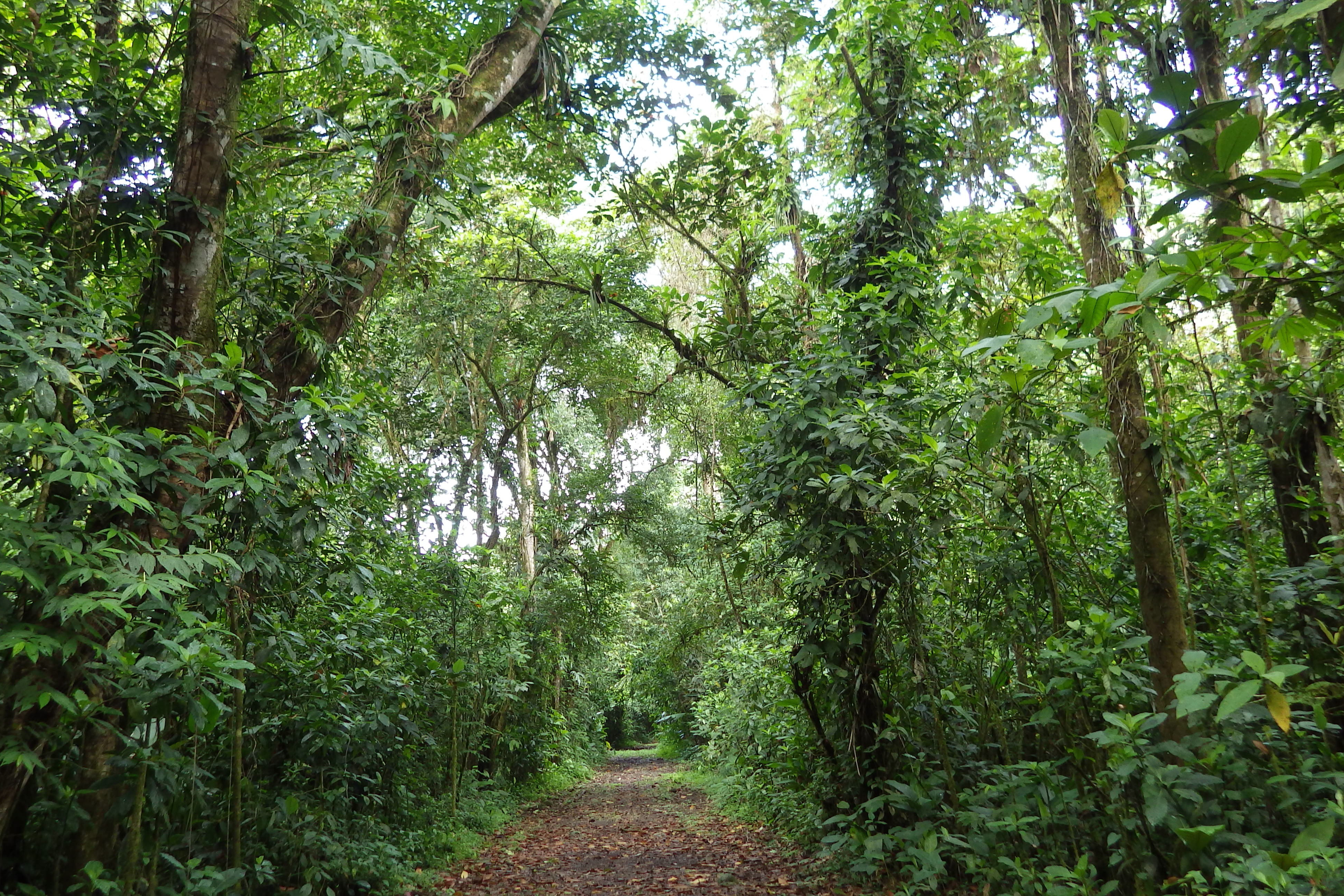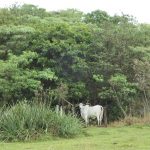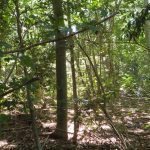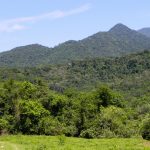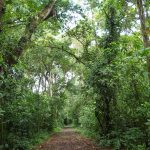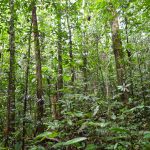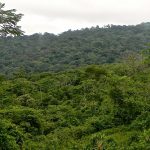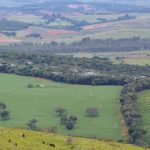In forest restoration, letting nature take its course may be the most effective and least expensive means of restoring the biodiversity and vegetation structure of tropical forests, according to a new study by an international team of researchers, including UConn ecology and evolutionary biology professor emerita Robin Chazdon. The study, which concluded that active interventions are not always the best route for forest regeneration, was published today in Science Advances.
There is currently a global effort to pledge 350 million hectares of degraded forest for restoration by 2030. Although this is a big commitment, Chazdon and her colleagues say it doesn’t need to be as costly or labor-intensive as many think.
Not wasting money on planting trees when nature can plant them for a much lower cost means we can accomplish more. — Robin Chazdon
Intervening and restoring deforested and degraded forest areas can be accomplished through many different activities. Some interventions are more active and costly, such as planting nursery stock, whereas other interventions are more passive, such as spontaneous or assisted natural regeneration.
“Natural regeneration can happen, for instance, in areas that have been deforested and have forest fragments nearby, and where soil is not heavily disturbed. In these cases, the forest itself starts the process,” says Chazdon. “Seeds are carried by animals, and trees and shrubs establish rapidly.”
There are some areas that need active measures, however, namely those where the soil has been removed or depleted of organic matter. Processes such as mining, unsustainable farming, or erosion can heavily disturb the soil to the point where vegetation and trees cannot re-establish themselves. These areas would require more active methods.
Although active interventions are generally favored by practitioners and policy-makers, some have argued that natural regeneration is the most cost-effective approach for recovering biodiversity, ecological processes, and ecosystem services under favorable ecological conditions. Most of the evidence for this is driven by the substantially lower cost of natural regeneration relative to active restoration. Until now, no robust comparisons of ecological benefits between active restoration and natural regeneration outcomes had been made for tropical forest regions, where large-scale restoration efforts are needed to ensure delivery of ecosystem services and to protect biodiversity.
In the new study, the researchers posed the question of whether natural regeneration was the most beneficial approach for forest restoration success in terms of biodiversity and vegetation structure. They conducted a global meta-analysis of the most comprehensive dataset gathered to date on tropical forest restoration success, encompassing 133 primary studies spread across 115 study landscapes, and containing 1,728 quantitative comparisons between reference (i.e. old-growth forests) and restored systems.
Because forest restoration success is influenced by many confounding factors, the analysis controlled for four key factors known to influence the recovery of biodiversity and vegetation structure: forest amount, precipitation, time elapsed since restoration started, and past disturbance.
Although the researchers found that neither method of restoration is likely to return the forest to exactly its former state, compared to natural systems, passive restoration yielded greater increases in biodiversity and vegetation structure (between 34 percent and 56 percent, respectively) than active restoration (between 19 percent and 56 percent, respectively).
“We found very clear results that the passive restoration approaches had better outcomes, and the forest returned to a much closer state to the original forest than in the case of active interventions,” Chazdon says.
The researchers caution that these findings should be applied carefully, as each restoration site is unique and presents its own challenges. Some sites require the more active approaches, and it is important to be able to identify and prioritize the sites.
“If we can map out where there is capacity for successful natural restoration, we can prioritize,” Chazdon says. “Not wasting money on planting trees when nature can plant them for a much lower cost means we can accomplish more.”
She says the prevailing view that restoration requires planting millions of trees needs to be redirected. Instead, a well-informed, combined approach of active and natural approaches is needed to achieve robust results with global forest restoration, and the researchers hope these findings will help shift the established mindset.
With countries pledging their intentions to restore millions of hectares of forests, this study may help focus their efforts and costs where they are needed most, and hopefully lead to the regeneration of many more millions of hectares of much needed forests, world-wide.
